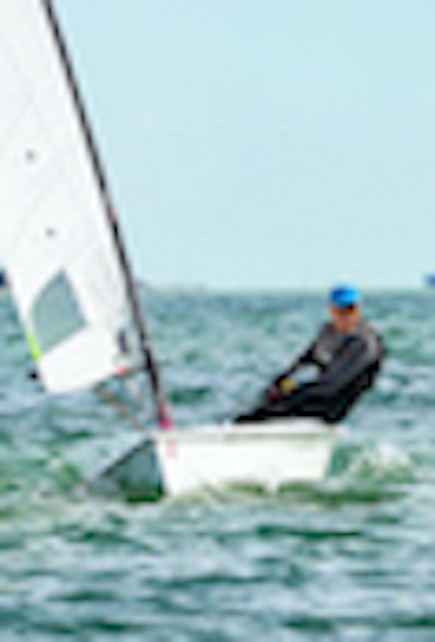
Welcome to the International Class Association website for the RS Aero. Here you will find all there is to know about the RS Aero including the latest news, how to register your boat, and links to relevant documents.
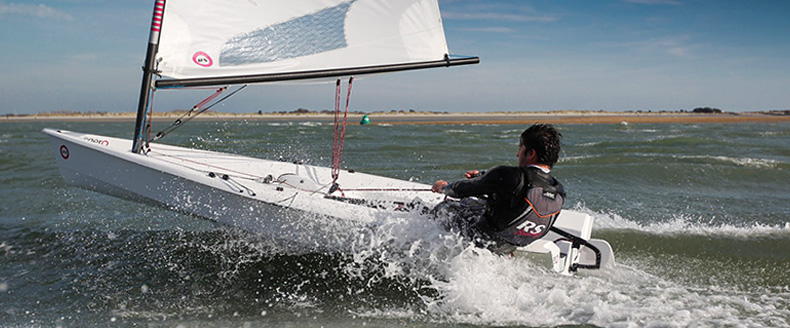
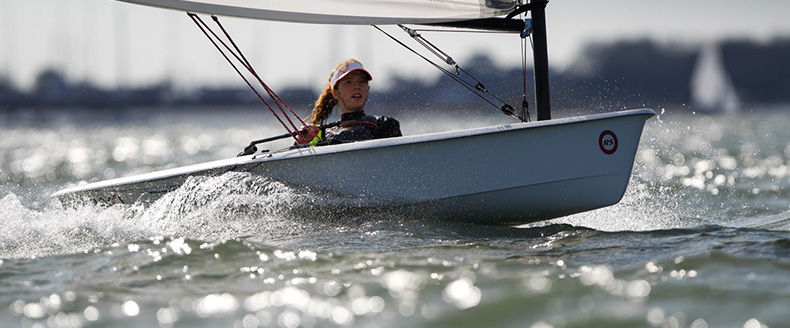
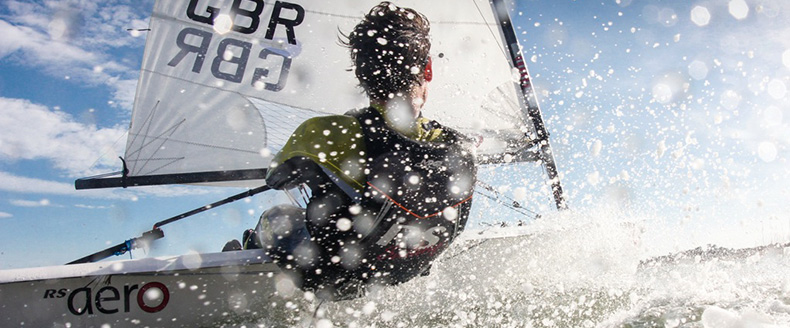
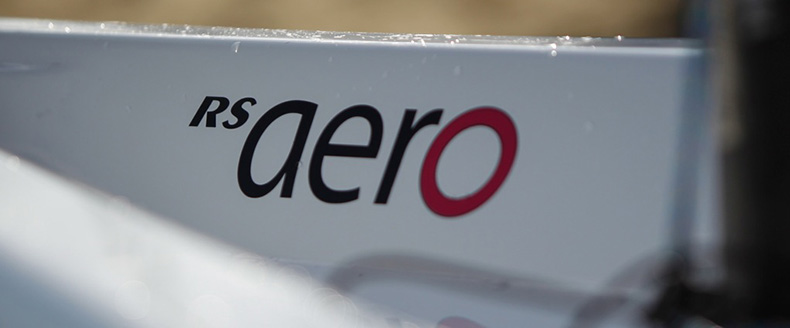
| Home >> Technical >> Boom and Grit |
Actually I do normally hold the boat at the windward side - that was just an example. The last lot of grit and sand was when I let someone else sail my boat.
However it happens occasionally and I hate hearing the grit grinding away at surfaces that are supposed to be smooth.
My question was more about whether anyone can see any undesirable consequences of - for example - removing ventilation from the inside of the boom.
Russell
Reply
18/08/2017 15:24:00
Russell
Posts: 20
I've also occasionally had problems with sand in the boom. Lanching and recovering in windy/variable conditions is the usual situation when holding the boat from the side. The best answer I can come up with is to flush the sand and grit out when it happens, although you don't always know you've done it until you're on the water and the crud starts to come out at the gooseneck.
Reply
Reply
18/08/2017 12:39:00
Andy Butler
Posts: 19
Brian, is correct, you should launch an Aero as if it was a skiff. (RS800). Hold it by the side, while you put the board in. Always hold it by the side when launching or recovering, or it will just topple over. Conventional dinghies you can hold at the front.
Happy sailing!
Reply
Reply
18/08/2017 09:02:00
Mike0rea
Posts: 58
I've had the same problem Russell - and then the water/sand flows down the mast and it is a pain to clean out. I haven't attempted a solution, other than to try to avoid the problem.
Blocking it would leave the water in the mast, wouldn't it? I think keeping the sand out is the key... perhaps a fine screen?
It hasn't happened enough times to me for it to be a priority to try and fix.
Reply
18/08/2017 01:16:00
Niteskye
Posts: 14
That's why you're having difficulties, you're holding the boat at the bow. Perhaps try holding the boat on the starboard ( or port) side at the mast. Much more control and your boom won't go in the water.
In that position you can also hold someone else's boat while they quickly remove dolleys.
Cheers
Reply
Reply
17/08/2017 21:59:00
Brian
Posts: 20
Easy.
You launch the boat and it's floating in 18 inches or so of water while you put the board in etc. A gust hits from one side or the other and the boat tries to tip over and the boom dips in the water and hits the bottom. If you're at the bow it's very hard to stop it. We get quite a lot of gusty and variable direction wind.
There are three Aeros at our club, I think all have done this.
Russell
Reply
17/08/2017 19:57:00
Russell
Posts: 20
HI Russel. I have never experienced this problem. Can you explain how you manage to get the boom in the water when launching, it is quite high up.
Reply
Reply
17/08/2017 13:40:00
Mike0rea
Posts: 58
Having just replaced (with help from RS) the collars on both my masts I'd like to try and keep them from wearing as much as possible so my thoughts have turned to the boom.
I'm sure that I'm not the only person who has discovered how easy it it when launching the boat to dip the end of the boom into shallow water and get sand and grit into the boom. As you pull the boat back upright this transfers all the grit straight into the mast step.
I propose to block up the outboard end of the boom to reduce the grit getting into the mast step. I realise I can't block it completely because the outhaul has to run through it. Can anyone see any reasons why I shouldn't do it?
Russell
Reply
16/08/2017 21:42:00
Russell
Posts: 20






